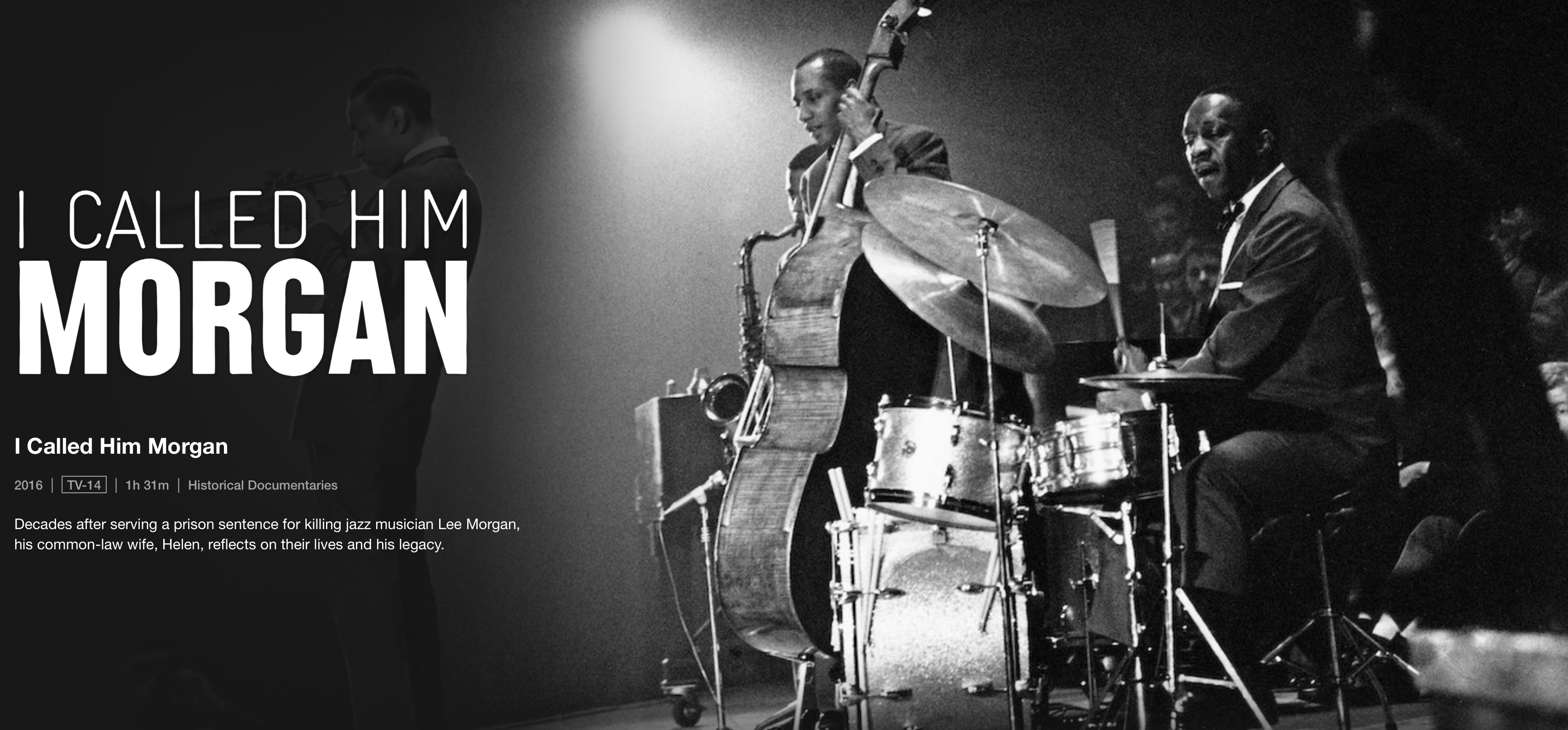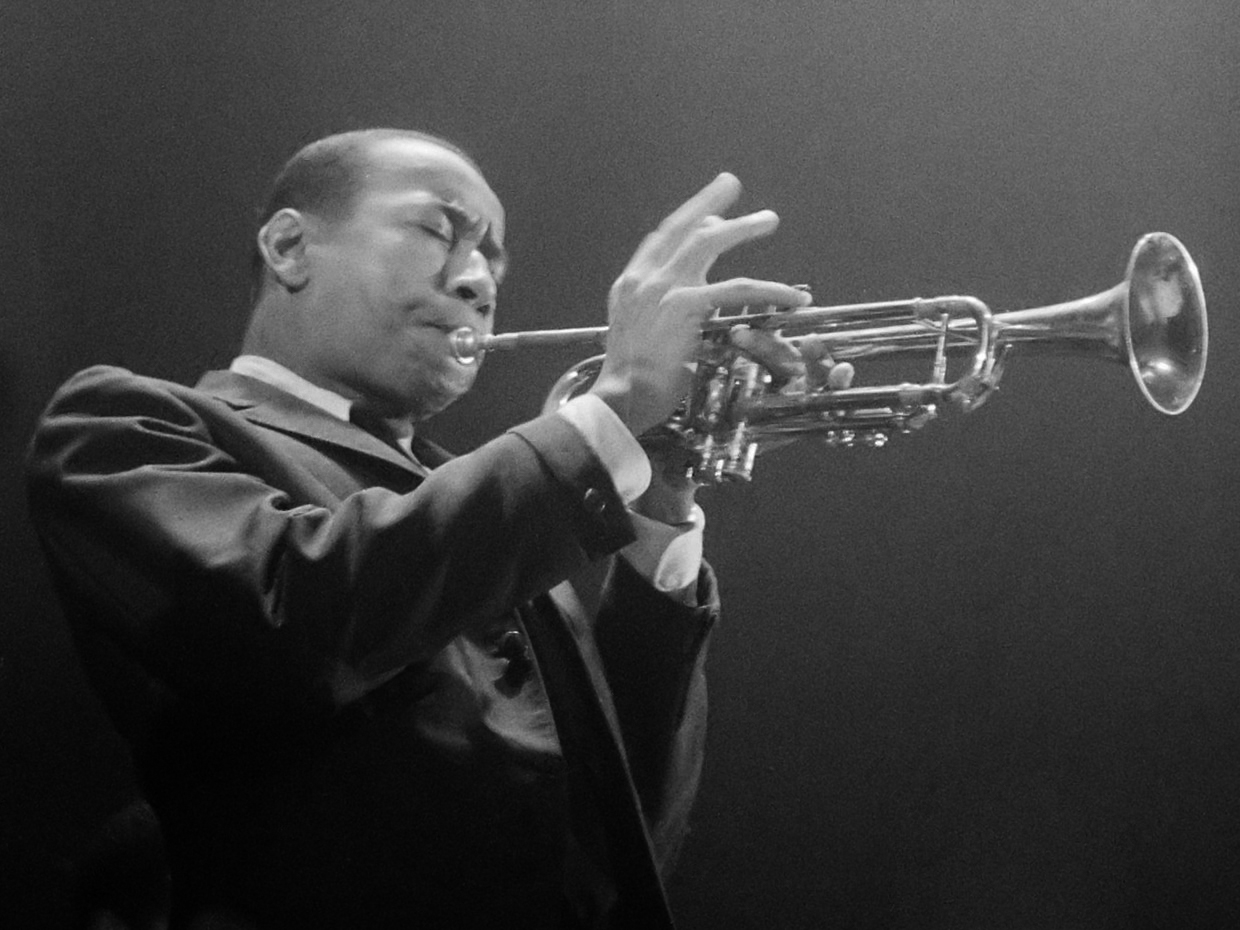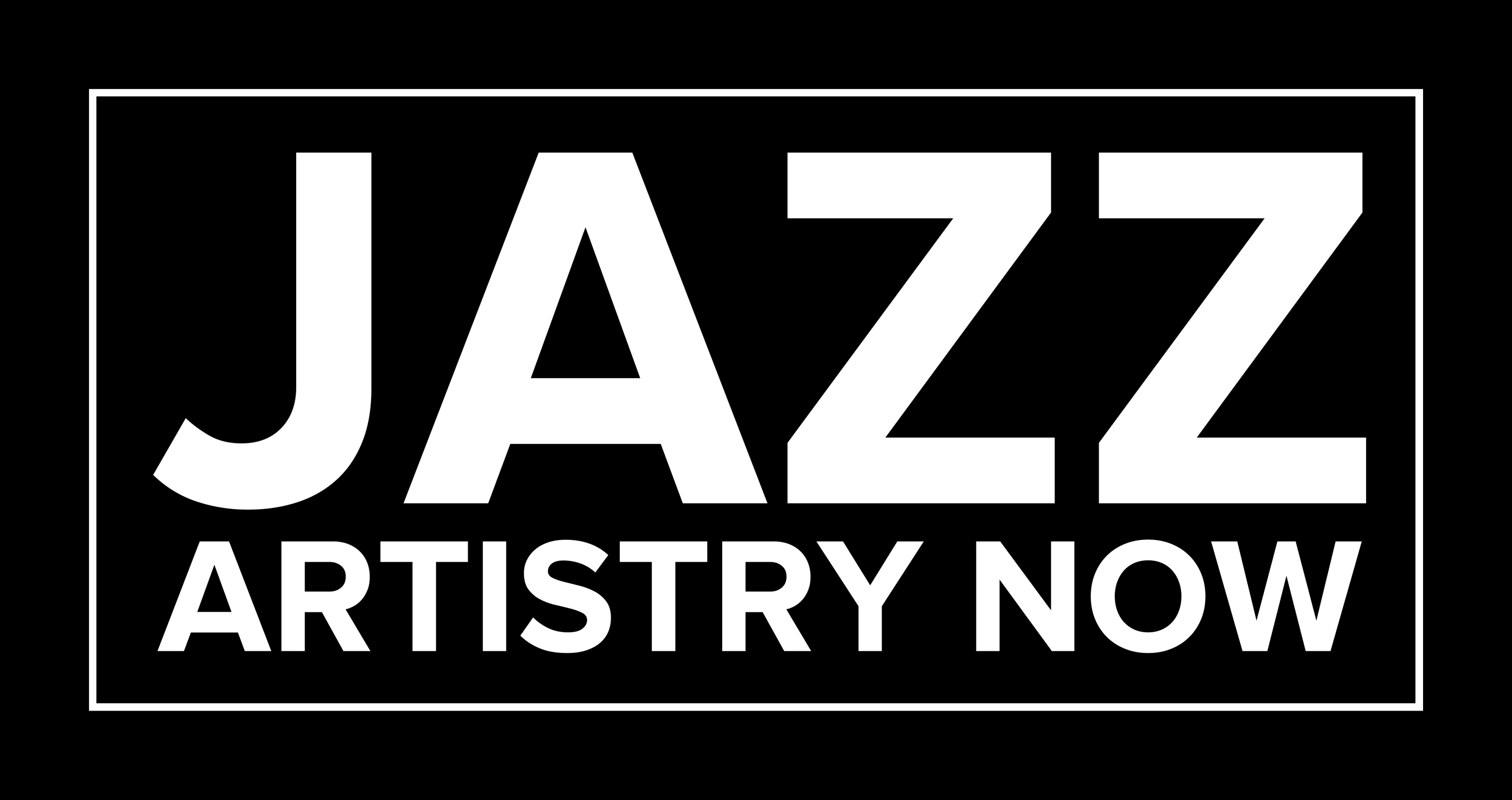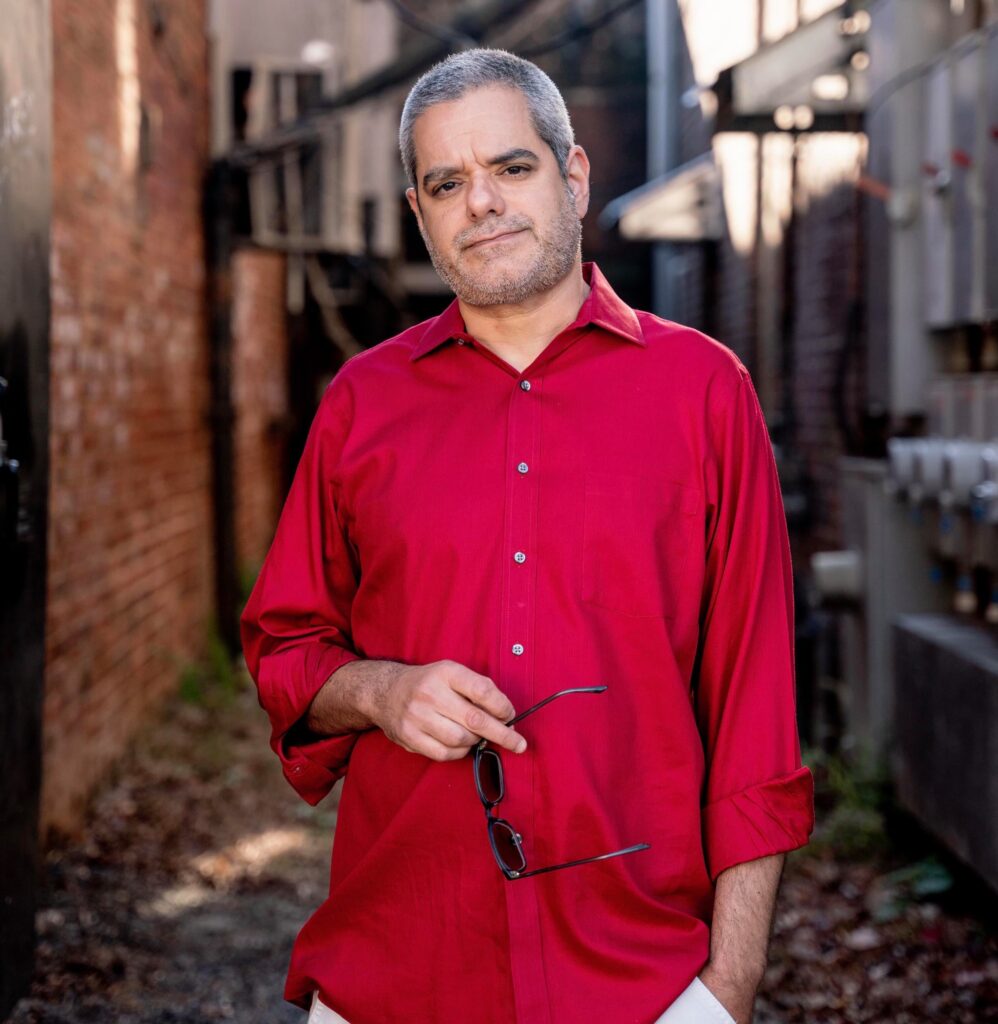By David R. Adler
ALBUM: Lee Morgan, The Complete Live at the Lighthouse (Blue Note)
The Lighthouse Café in Hermosa Beach, California, still in existence, practically rivals New York’s Village Vanguard in terms of historic live jazz albums to have issued from its bandstand. Elvin Jones, Grant Green, Cannonball Adderley, Joe Henderson, the Modern Jazz Quartet and Art Blakey & The Jazz Messengers (Buttercorn Lady, featuring Keith Jarrett) are just a few of the artists with the Lighthouse shining in their discographies. Now that legacy has deepened considerably with The Complete Live at the Lighthouse from trumpeter Lee Morgan: a box deservedly on the shelf alongside complete sets of John Coltrane and Bill Evans at the Vanguard, or Miles Davis at the Blackhawk and the Plugged Nickel.
The original Lee Morgan entry was a 1971 double LP called Live at the Lighthouse, which Blue Note expanded into a triple CD set with eight additional tracks in 1996. The Complete Live at the Lighthouse balloons to eight CDs or 12 LPs, with numerous previously unreleased performances from Mr. Morgan’s quintet featuring reedist Bennie Maupin (the sole surviving band member), pianist Harold Mabern, bassist Jymie Merritt and drummer Mickey Roker. Jack DeJohnette, then drummer with Miles Davis’ electric band, sits in on Mr. Morgan’s “Speedball” — a bright blues, usually a short theme to end the set, but here lasting nearly 12 minutes with a ferocious round of trading fours. (That night happened to be Mr. Morgan’s 32nd birthday.)
Veteran producer Michael Cuscuna, one of many contributors to the new 26-page booklet, observes that Live at the Lighthouse was Mr. Morgan’s first and only live album as a leader. It captured a special time in his tragically short life, as related in Kasper Collin’s 2016 documentary I Called Him Morgan. In the film we learn that the two-week Lighthouse stint, right on the heels of two weeks in San Francisco, was a respite for Mr. Morgan and a creative luxury, a chance to practice by day, unleash it all at night and still have time to relax with his feet in the California sand. The music reflects that energy. It is the visceral and freewheeling sound of a band with full permission to stretch out: the original double LP included only four songs, with takes ranging from 16 to 20 minutes each. On the complete set there are many performances of comparable length. Thankfully the engineer Dino Lappas (who died in 2015) was there to capture the entirety of the band’s final three nights (July 10-12, 1970). Mr. Morgan died not so long after, on February 19, 1972, at age 33.

There are continuities worth noting between this live material and Mr. Morgan’s studio work of the time, at least in terms of personnel: Maupin, succeeding George Coleman, played on Mr. Morgan’s mid-1968 session ¡Caramba! as well as Taru, recorded several months earlier but shelved until 1980. On The Last Session, recorded in September 1971 and released just months after Mr. Morgan’s death, Mabern and Roker appear in a larger ensemble context with four horns. The Complete Live at the Lighthouse provides a closer look at the working relationships of these players, bonding as they did for four sets per night, never letting up.
As Lee Morgan biographer Jeffery S. McMillan writes in the booklet, the trumpeter was intent on playing new material and not rehashing his earlier Blue Note hits — the sole exception being a hyped-up, rough-and-ready “The Sidewinder,” which appears only once in the set. Instead, Mr. Morgan looked to compositions by Mabern (“The Beehive,” “Aon,” “I Remember Britt”), Merritt (“Absolutions” and “Nommo,” the latter a 7/8 workout previously heard on Max Roach’s ( Drums Unlimited ), and especially Maupin (“Something Like This,” “416 East 10th Street,” “Neophilia,” “Yunjana,” the Wayne Shorter-esque “Peyote”).
… The Complete Live at the Lighthouse pays suitably hefty homage to one of jazz’s greatest figures, by showing how much information he can still impart.
— Jazz Artistry Now
These tunes offered Mr. Morgan fresh, less familiar structures for extended improvisation. Maupin broadened the sonic palette with bass clarinet (“Neophilia”) and flute (“I Remember Britt”) as well as tenor sax, at times channeling the free-jazz intensity of late Coltrane or Pharoah Sanders. Mr. Morgan included flugelhorn alongside trumpet. Merritt played an Ampeg electric upright bass; in one photo he’s seen sitting down, slinging the instrument to the side almost like a bass guitar.

Just months before these recordings were made, Miles Davis released Bitches Brew, featuring Maupin among many others. After the Lighthouse Maupin left Mr. Morgan and, taking the Swahili name Mwile, joined Herbie Hancock’s Fender Rhodes-heavy Mwandishi project. These bands’ exploratory approaches to sound, form and instrumentation show up to some extent in Mr. Morgan’s Lighthouse repertoire. Mabern plays acoustic piano, however, with a strongly Tyner-esque touch. Merritt and Roker, Mr. Morgan’s Philadelphia compatriots, invest the rhythm section with a feeling of solid straightahead swing, befitting the jazz pedigree of their great city.
Whether he’s playing through changes or peeling apart brooding modal vamps and slow, undulating grooves, Mr. Morgan shines with all his customary lyrical brilliance and rhythmic acuity. Listeners can jump around or follow the narrative straight through, discovering little things like the trumpeter’s fondness for quoting “Eleanor Rigby” in various contexts. It’s bittersweet, of course, listening to his spoken asides on the microphone. “See the guy in the booth?” Mr. Morgan asks the audience, affably noting that the event is being documented by Blue Note for posterity. Now we can listen back in full, as we read appreciations from trumpeters Nicholas Payton, Dave Douglas, Eddie Henderson, Jaimie Branch, Charles Tolliver, David Weiss (the set’s coproducer) and the late Wallace Roney (not to mention interviews with Merritt and Maupin).
It’s almost jarring to hear Mr. Morgan tell the Lighthouse clientele “Bye y’all” after a fourth and final set one night. This was, unforeseeably, Mr. Morgan’s last album to be released in his lifetime. But The Complete Live at the Lighthouse pays suitably hefty homage to one of jazz’s greatest figures, by showing how much information he can still impart.

David R. Adler wrote this Jazz Artistry Now REVIEW article. Mr. Adler’s work has appeared in JazzTimes, The Village Voice, Stereophile, The New York City Jazz Record, The Philadelphia Inquirer, Philadelphia Weekly, DownBeat, Time Out New York, City Arts, Jazziz, The New York Times, The New Republic, Slate, The Forward, The Sondheim Review, Fairmont Magazine (Canada), La Tempestad (Mexico), GEO (Germany), New Music Box, All Music Guide, Global Rhythm, Signal to Noise, Coda, Jewish Currents and more. He is happy to be a contributor to Jazz Artistry Now (JAN).


